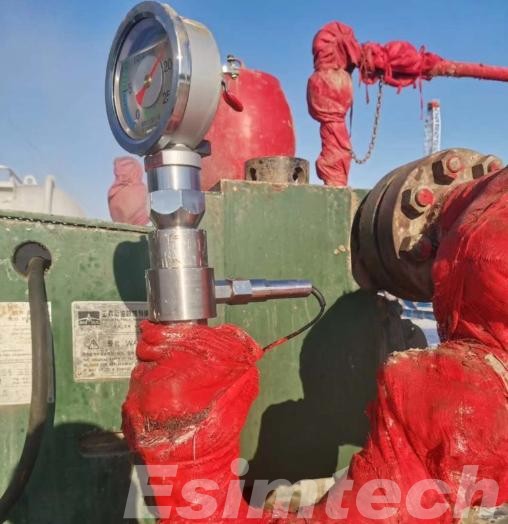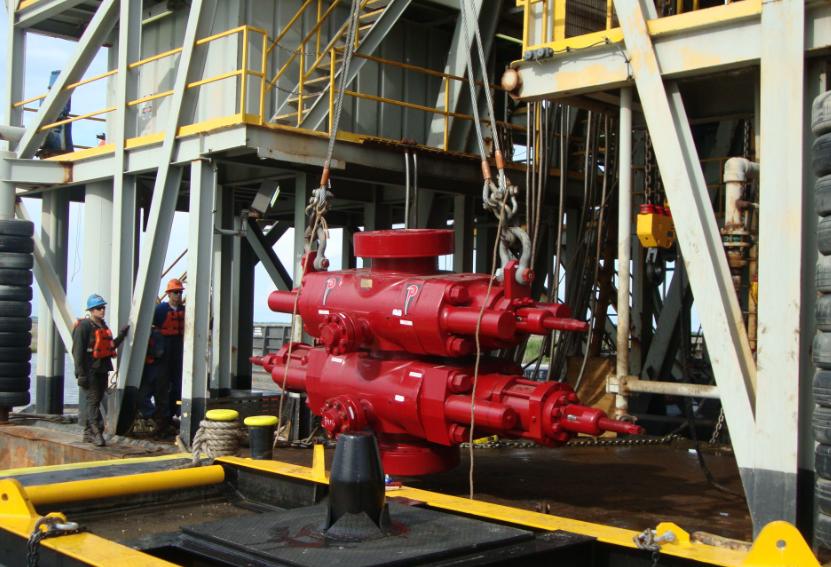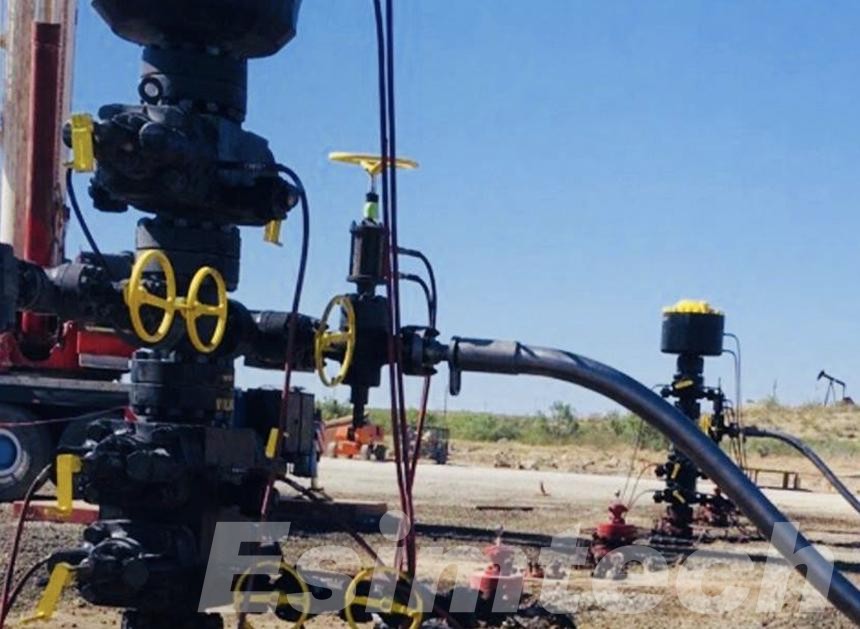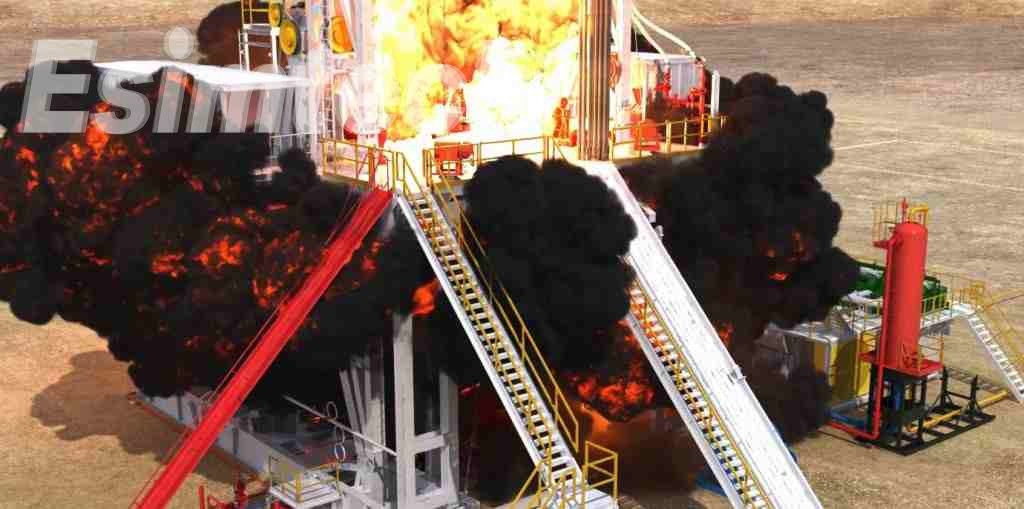What’s The Role of Mud Logging in Preventing Blowouts
Mud logging plays a very important role in the safety and efficiency of oil and gas drilling operations, especially in preventing blowouts, which are one of the biggest risks in the oil and gas industry. This article will take a deep dive into the concept of mud logging, its main functions, and how it can contribute to the early warning and prevention of blowouts.
What is Mud Logging in Oil and Gas

Mud logging is the process of monitoring and analyzing the drilling mud (also known as drilling fluid) and the geological formations encountered during the drilling of an oil or gas well. This involves collecting real-time data to assess the well’s condition and ensure safe drilling operations.
Mud loggers utilize advanced equipment to monitor key parameters like gas levels, pressure, temperature, and rock formation characteristics, all of which are crucial for assessing well behavior and identifying potential hazards. By analyzing the drilling mud brought back to the surface, they can uncover vital information about the wellbore, including gas influx, pressure fluctuations, and geological conditions. This real-time data enables the drilling team to make informed decisions, mitigate risks, and prevent catastrophic events like blowouts, which could have serious consequences.
Essentially, mud logging provides critical insights into the drilling process, allowing for the continuous monitoring of well integrity and the identification of any issues before they escalate.
The Key Functions of Mud Logging in Blowout Prevention

Mud logging provide real-time data that helps detect potential issues before they escalate. Below are the key functions of mud logging that contribute directly to preventing blowouts:
- Gas Monitoring: A critical function of mud logging is monitoring gas levels in the drilling mud. Gas influx from surrounding formations is a leading cause of blowouts. Mud loggers measure the gas concentration in the returned mud, and any sudden increase can indicate an influx of gas or oil. Early detection of these gases enables immediate intervention to control the well and prevent a blowout.
- Pressure Analysis: Mud loggers also monitor the pressure exerted by formation fluids on the wellbore. Pressure anomalies, such as sudden drops or spikes, can signal a kick, where formation fluid enters the well. By continuously tracking pressure, mud loggers can quickly alert the team to abnormal conditions, allowing them to take corrective actions and avoid a blowout.
- Geological and Lithological Data: By analyzing rock cuttings brought to the surface, mud loggers gather geological data to better understand the formation being drilled. Significant changes in the lithology can indicate zones of high pressure or unstable formations. Recognizing these changes is crucial in assessing the risk of a blowout, allowing for adjustments to drilling practices and fluid management to maintain well control.
- Monitoring Wellbore Conditions: Mud logging tracks a range of wellbore conditions, including mud viscosity, temperature, and density. Any deviation from normal levels can signal instability in the well or an increase in formation pressure. By promptly identifying these irregularities, mud loggers can alert the team to take immediate corrective actions, such as adjusting mud weight or modifying drilling parameters, to prevent a dangerous escalation.
- Gas-to-Liquid Ratio Tracking: The gas-to-liquid ratio in the mud is a critical indicator of blowout risk. If the gas content surpasses certain thresholds, it may signal an impending kick or an unexpected pressure change in the formation. By continuously monitoring this ratio, mud loggers can detect potential hazards and recommend necessary adjustments, such as increasing mud density, to prevent a blowout from occurring.
Through these key functions, mud logging serves as an essential tool for preventing blowouts, enabling operators to detect early warning signs and take proactive measures to maintain well control.

Mud Logging’s Role in Early Warning and Prevention
Mud logging acts as a crucial early warning system, providing real-time insights that empower proactive measures to prevent blowouts. Here’s a deeper look:
Proactive Pressure Management:
- Early Gas Detection: By continuously monitoring the gas content in the drilling fluid, mud loggers can quickly identify potential hydrocarbon zones. Early detection enables prompt adjustments to drilling parameters, such as increasing mud weight, which raises the hydrostatic pressure of the drilling fluid. This adjustment helps counteract formation pressure and prevents uncontrolled fluid influx.
- Abnormal Pressure Monitoring: Variations from expected drilling parameters, such as longer drilling times or slower penetration rates, often indicate abnormal formation pressures. Mud loggers carefully track these changes and alert the drilling crew to potential issues. This early warning allows for timely interventions to manage and mitigate risks effectively.
Well Control Procedures and Emergency Response:

- Triggering Well Control Measures: When abnormal pressures or other signs of potential issues are detected, mud logging data prompts the activation of well control procedures. These actions may include shutting in the well, circulating the drilling fluid, or increasing mud weight to regain control and stabilize the well.
- Facilitating Efficient Response: Real-time data from mud logging delivers vital information to the drilling crew and well control specialists, allowing for a swift and effective response to emergencies. This data-driven approach helps minimize downtime and reduces the risk of catastrophic events.
Formation Evaluation and Risk Mitigation:
- Lithology Analysis: The analysis of rock cuttings provides valuable insights into the formation’s lithology (rock type and composition). This information is crucial for identifying potential zones of instability. For example, encountering unstable formations like shales or unconsolidated sands necessitates adjustments to drilling fluids and wellbore casing programs to prevent wellbore collapse or uncontrolled fluid inflows.
- Predictive Modeling: By combining real-time mud logging data with geological models and historical data, engineers can forecast potential challenges and proactively implement mitigation strategies. This predictive approach greatly improves well control and reduces the likelihood of blowouts.
In essence, mud logging converts raw data into actionable insights, enabling drilling teams to make informed decisions, proactively manage risks, and prevent blowouts. By continuously monitoring drilling fluid properties and analyzing rock cuttings, mud loggers play a crucial role in maintaining the safety and efficiency of drilling operations.
Conclusion
By continuously monitoring drilling fluid properties and analyzing rock cuttings, mud loggers play a critical role in early detection of potential problems and the prevention of blowouts. The real-time data provided by mud logging enables drilling crews to make informed decisions and take proactive measures to ensure well control and minimize the risk of accidents.

